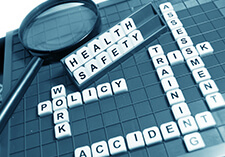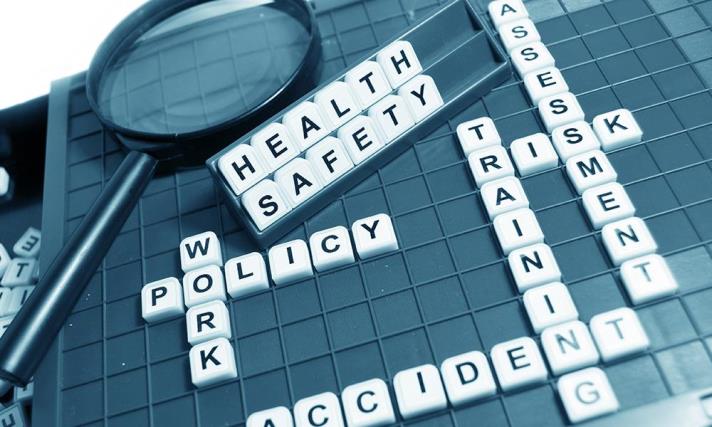Businesses and organisations across Britain are at risk of substantial penalties if they aren’t compliant with the health and safety
We’ve teamed up with Projected Image, retailers of personalised gobos for your projectors to take a look at how businesses can implement advanced technology in line with the Health and Safety at Work Act 1974 and investigate whether these additions have reduced
History of the Health and Safety at Work Act 1974
It was Barbara Castle who first raised the issue of employee safety here in Britain. Serving as Secretary of State for Employment and Productivity under Harold Wilson’s Labour Government, Barbara introduced an Employed Persons (Health and Safety) Bill in 1970. The move received backlash as many feared that it did not discuss the fundamental issues of workplace safety and therefore was not passed.
But Castle was the one who got the conversation going. Within the same year, the United States passed a similar law called the Occupational Safety and Health Act, which changed the way health and safety in the workplace was viewed across the pond. This initiated an inquiry by Lord Robens in the form of The Robens Report, which was published in 1972. As the Conservatives gained power, the political party created their own bill which was also pushed back by the House of Lords.
When Labour returned to administrate Britain in 1974, they succeeded in passing a health and safety bill that year — known as the Health and Safety at Work etc. Act 1974 (HSWA).
Technology in the workplace
With technology advancing at a rapid rate, technology is helping shape the future of workplace safety — from wearable tech to projected safety signs.
However, according to a poll conducted by YouGov, only 45% said that they would feel comfortable sharing personal information with wearable devices. 69% said that they wouldn’t feel comfortable due to fear of discrimination from their employer — we expect that this figure to lower as the world conforms to growing digital opportunities.
So what kind of technology do employers currently have available now to lighten the burden of health and safety at work?
Check-in Technology
Monitoring employees can sometimes take a lot of unnecessary time away from the business, for example — keeping track of who is and isn’t within the premises for potential fire drills. But, the StaySafe Business wristband can do it all for you. It includes many features such as a discreet panic button for workers who are faced with a difficult situation, a ‘man down’ alert when the button detects a fall or impact and more. However, this can also come in the form of an app depending on company budget — and is likely to become a workplace necessity in the near future.
Projected Safety Signs
More businesses are turning to projected safety signs in an attempt to keep costs down. Repainting caution lines and other safety essentials can be expensive — and result in business downtime in the process. By purchasing a projector and
Drones
Drones have recently spiked in popularity, particularly when it comes to recreational photography or activities. Cleverly, they’re becoming more essential to the workplace — helping to prioritise health and safety. Using drones in the workplace has allowed businesses to access dangerous areas, such as those that are too hot, cold or small for employee access. Reducing the risk to employees, the drones are able to collect the required data and deliver it timely to the appropriate person.
3D Visualisations
Not only are 3D visualisations used in cinemas, businesses are also investing in such software to help provide greater insight to the employees
AI-SAFE
Renowned technology organisations Cisco and
Autonomous Vehicles
Whether you have vehicles within your premises which help employees get from one area to another or have an entire fleet on the roads, autonomous vehicles are the new go-to addition for any business looking to enhance safety. Essentially, this driverless vehicle will be able to detect its lane and make appropriate changes to the route if needed — whether this is being blocked by an item or crowd of people. As sometimes workspaces can be tight, this vehicle will stop collisions from occurring.
Injuries and fatalities in the workplace over time
One of the main questions asked is: has technology really influenced workplace safety? Over time, it has. With health and safety being a huge focus for the British government and companies alike, there has been a decrease of 85% of fatal injuries to employees in the workplace since 1974 — which evidently shows that technology has had some sort of influence on employee safety.
Self-reported, non-fatal injuries have halved since 2000, showing a consistent rate in recent years. When looking at the rate of employers who reported non-fatal injuries, the figure was down by 58% since 1986/87.
Predominantly occurring in more manual focused jobs, the rate of
With further technological advancement expected around the world,











